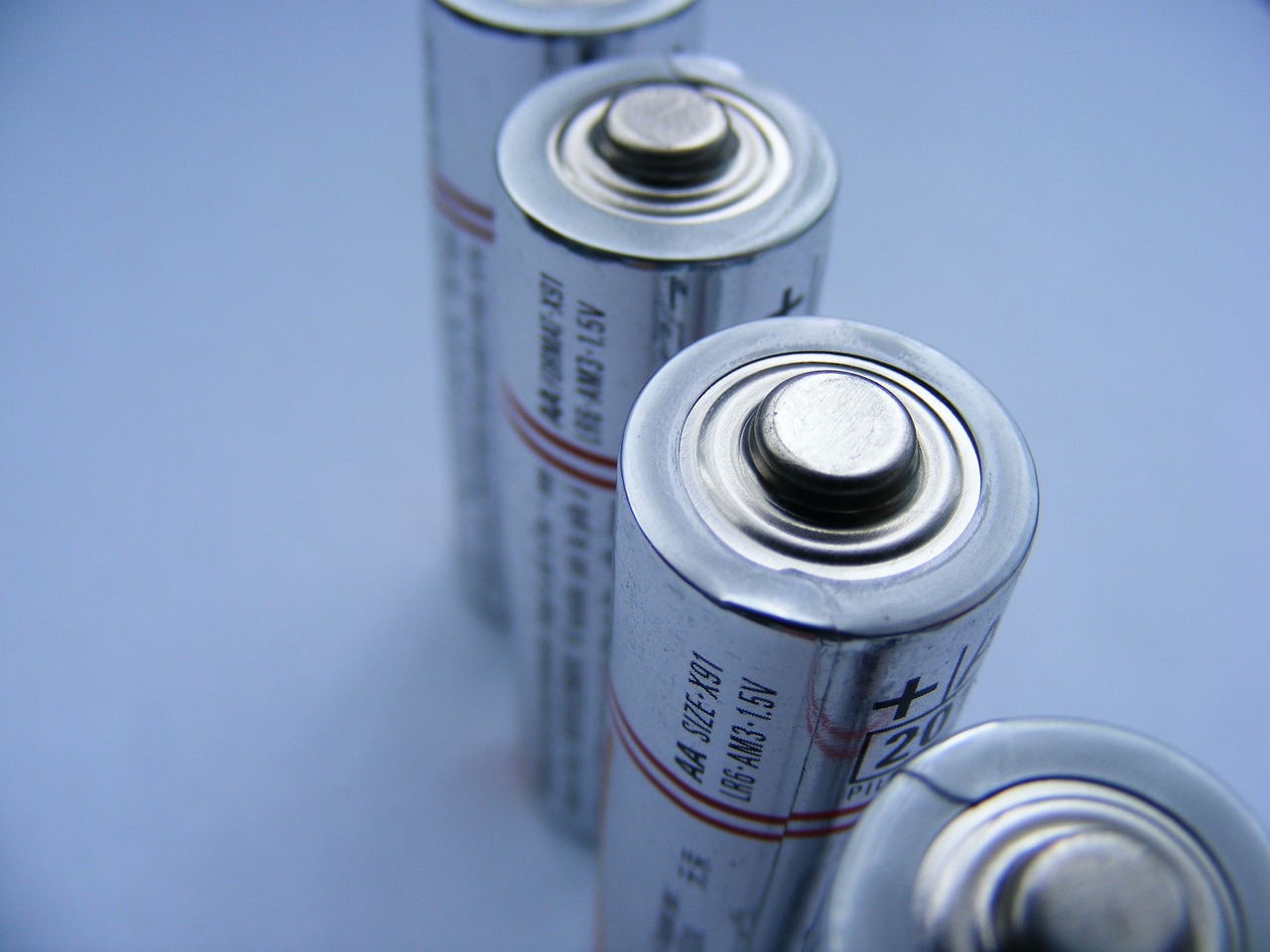This post is also available in:
 עברית (Hebrew)
עברית (Hebrew)
Chinese researchers have reportedly developed a novel electronic warfare (EW) capability that enables interference with adversary systems while preserving a secure communication zone for friendly forces. Drawing comparisons to the calm center of a hurricane, the system is designed to generate a localized “null zone”—a small area where jamming effects are neutralized—within a broader environment of electromagnetic disruption.
The system reportedly relies on a coordinated drone-based architecture. Using pairs of unmanned aerial vehicles (UAVs), the platform delivers highly controlled radio frequency (RF) interference across a battlespace. According to Interesting Engineering, While one UAV generates standard jamming signals aimed at degrading enemy communications and radar, a second UAV emits a carefully synchronized signal designed to cancel the jamming effect at a specific point.
This cancellation effect is achieved using beamforming and phase control. By precisely aligning parameters such as waveform, amplitude, phase, and timing, the two signals destructively interfere at a target location. The result is a zone of relative electromagnetic silence, allowing friendly communications or sensor operations to continue unimpeded within an otherwise disrupted environment.
While beamforming and phase cancellation are common in telecommunications and acoustic engineering, this approach is unique, and the challenge lies in maintaining real-time synchronization between the drones and ensuring the “eye” remains aligned with friendly units as they move.
The reported system marks a departure from traditional jamming methods, which tend to disrupt all communications in a given area indiscriminately. By contrast, this approach introduces selective interference—targeting adversaries while preserving operational capabilities for friendly units.
If operationally deployed, such a system could offer significant advantages in contested electronic environments, enabling more flexible and secure command-and-control operations on the battlefield. While the full extent of the system’s real-world effectiveness remains unclear, its design might signify a broader trend toward precision and adaptability in modern electronic warfare capabilities.
The technology is detailed in a paper published in the Chinese journal Acta Electronica Sinica.


























